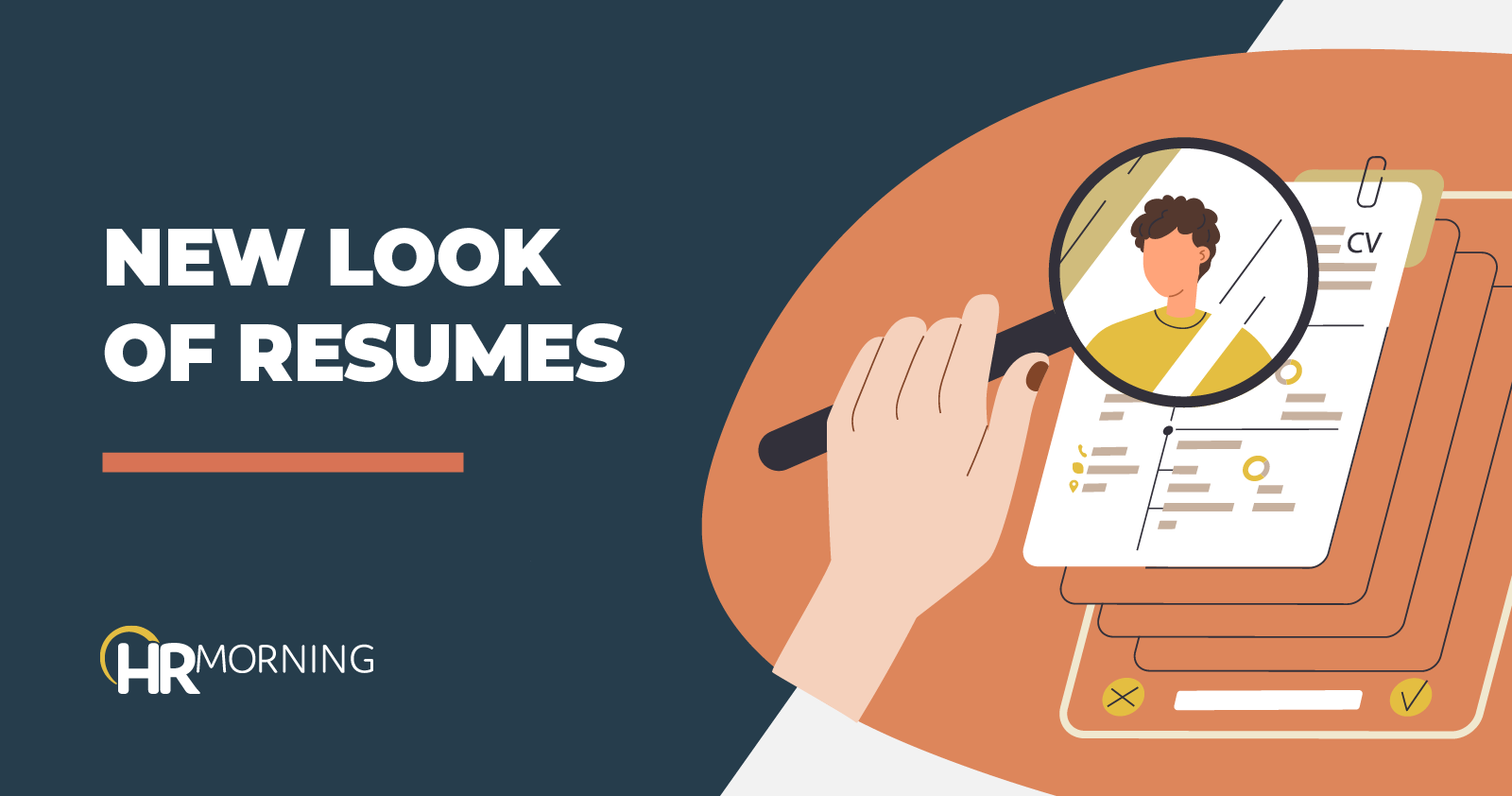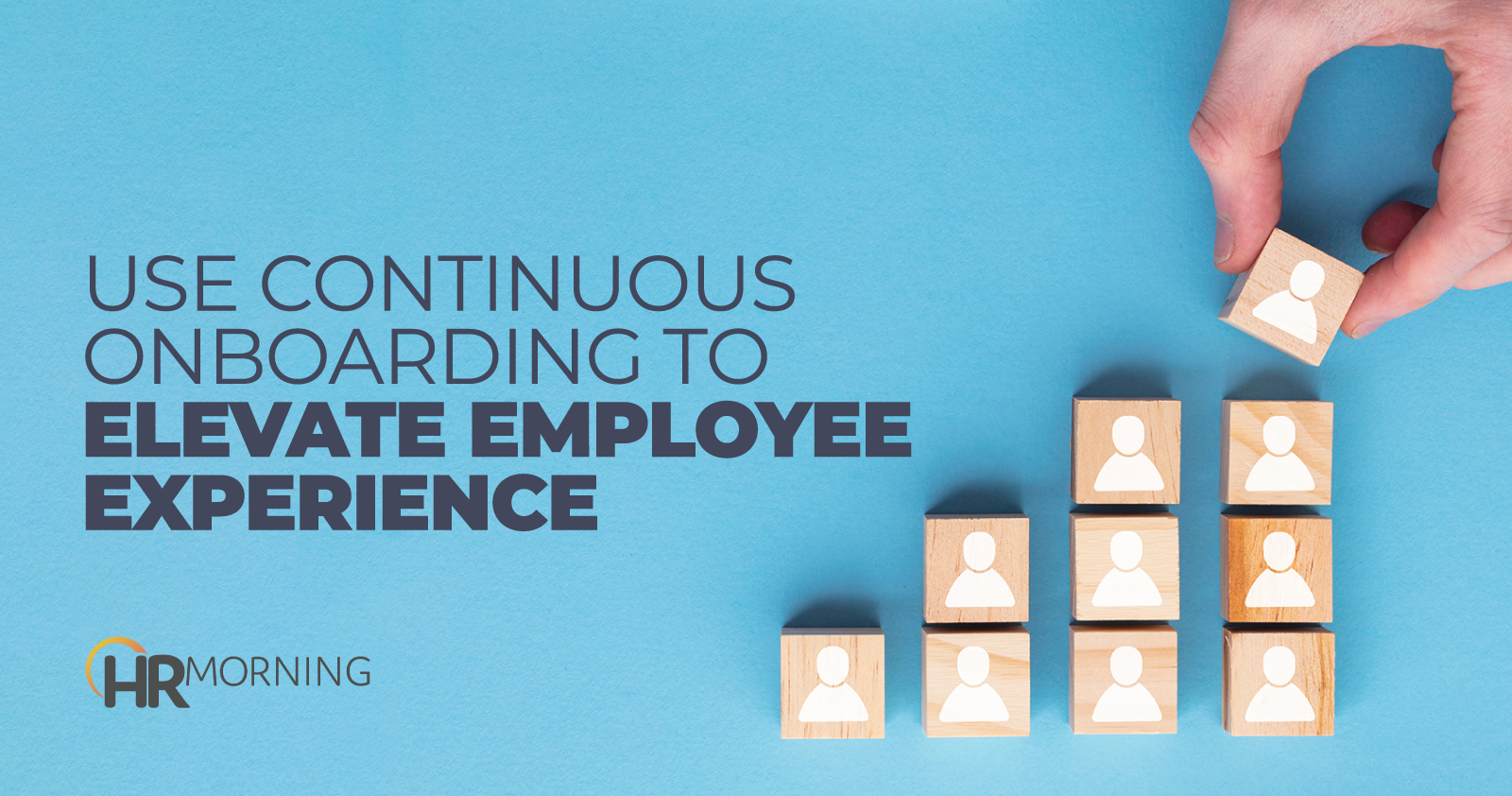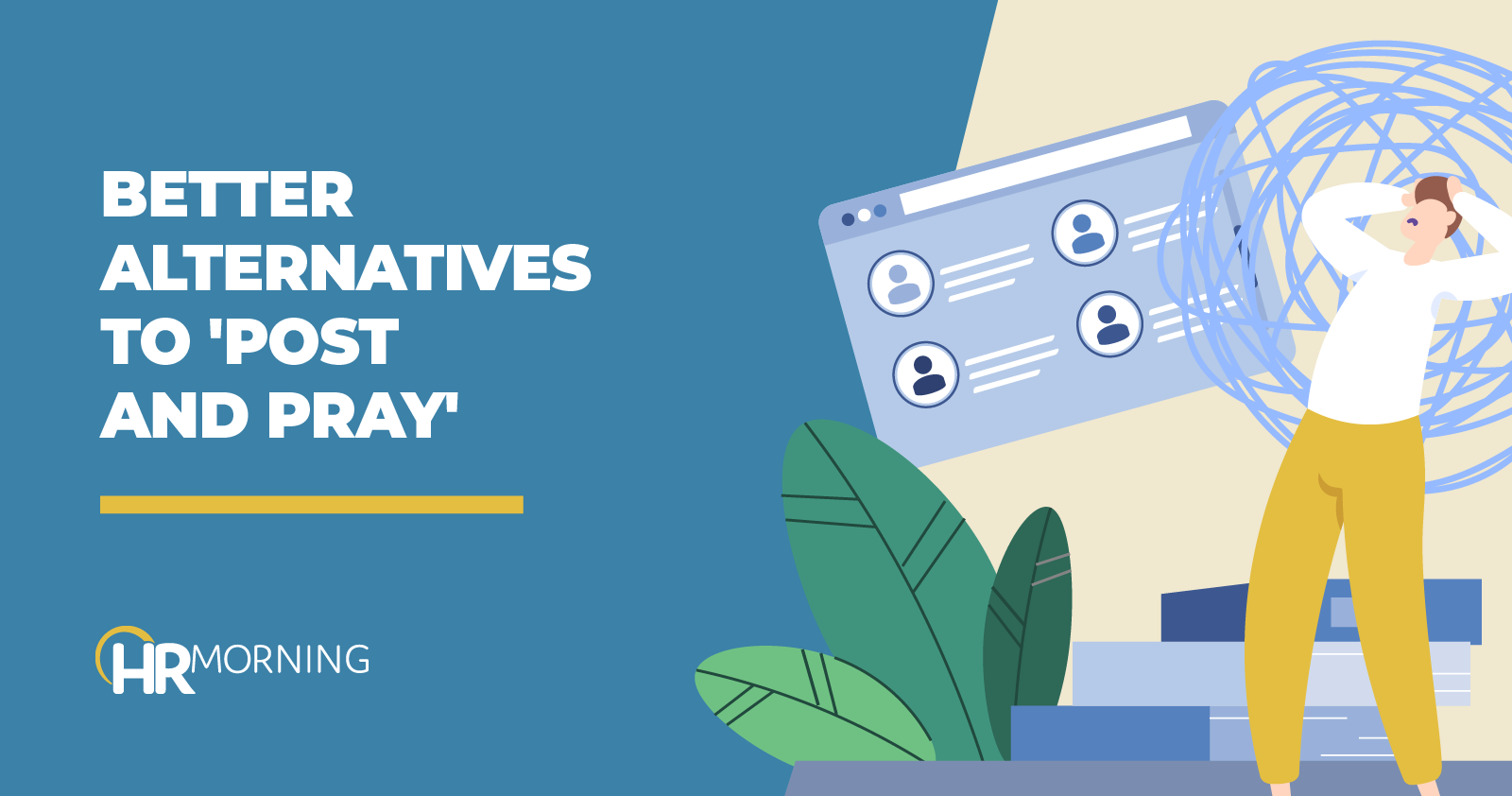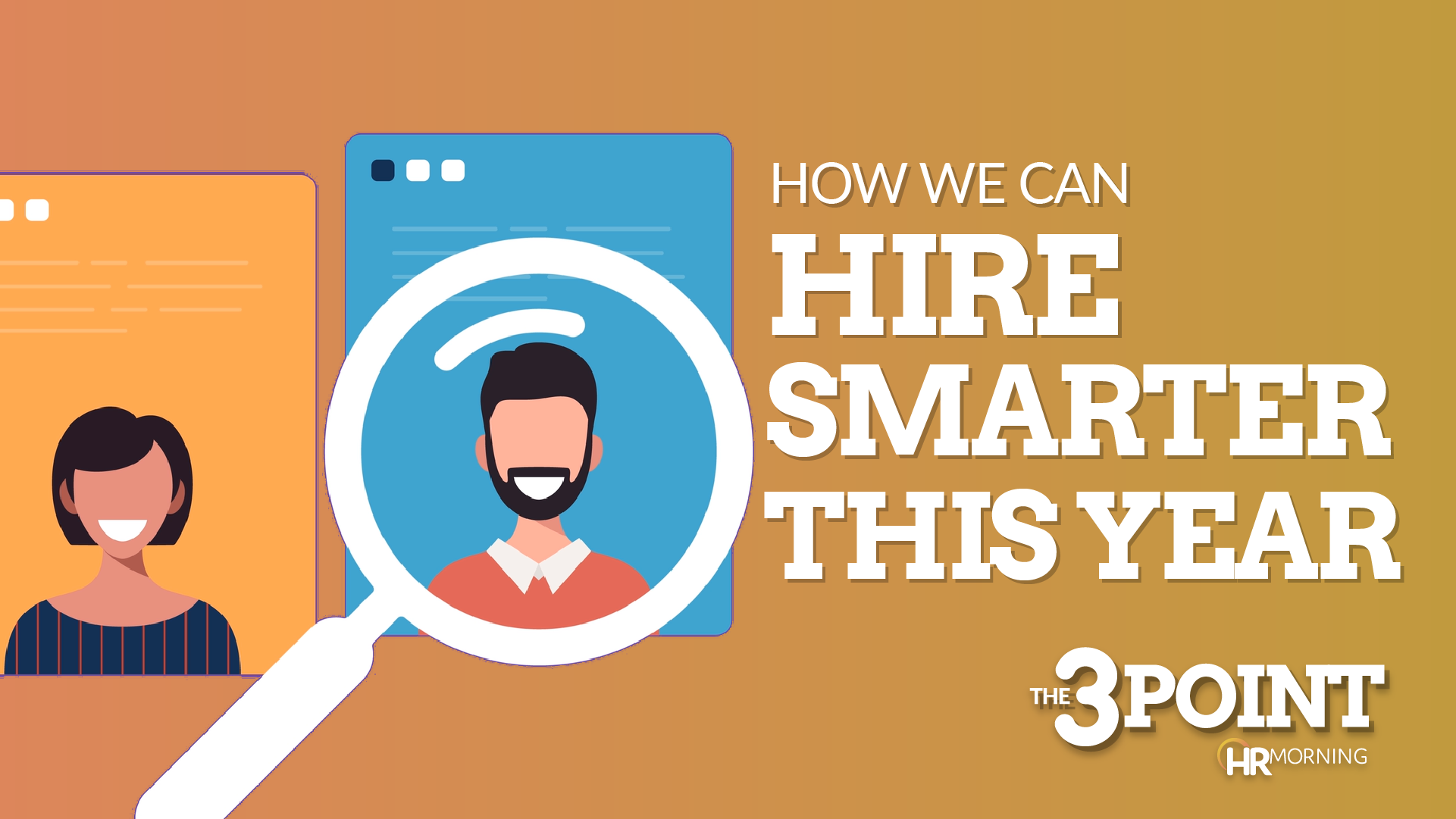4 AI Recruiting Strategies for a Better Candidate Journey
As talent acquisition pros turn to AI recruiting to attract candidates and save time and money, it’s going to become harder to craft job postings and candidate communications that grab the attention of top talent. Kat Kibben, the CEO of job post writing company Three Ears Media, explained why in a presentation during the most…










